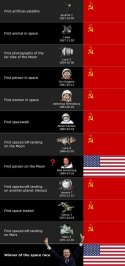That is the "redo" I was talking about. HLS in its current shape (without heatshield) can not reenter atomasphere (back to earth). Adding heatshield and fuel for the return leg need insane amount of refuel. It is theoretically possible but practically stupid to do.Well technically theres a way, 15 refuels for each of the 20 refuels needed to refuel HLS in NRLO for returnto LEO, so 300 missions
Last edited:

